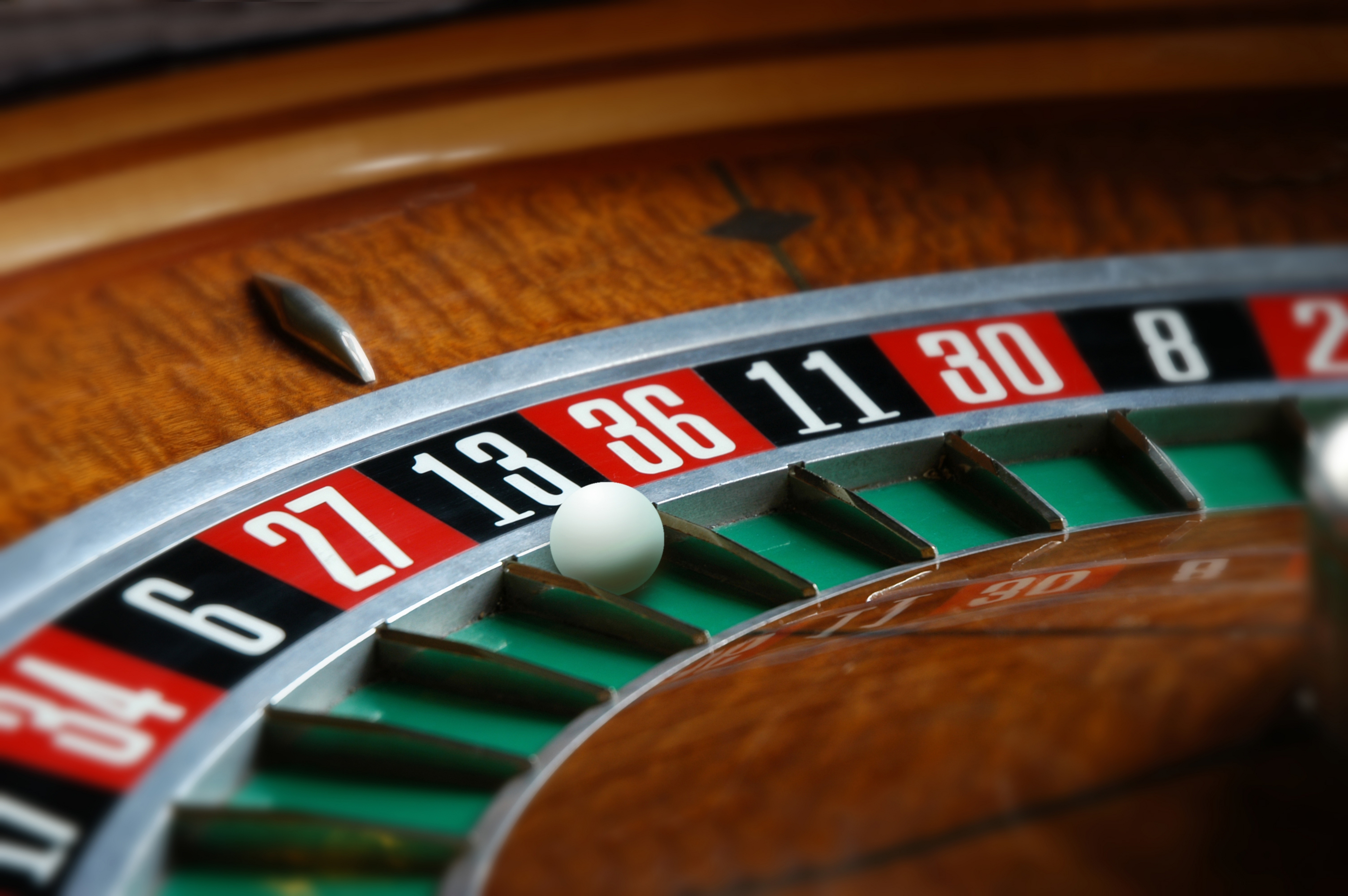Updated:
May 31, 2016
It helps to think like a physicist if you want to learn how to win at roulette.
They used a model of the motion of some roulette wheel and the ball, and based on physics principles and confirmed by experiments on an actual wheel itself, have revealed a couple of ways of beating the traditional odds against roulette system gamblers.
What they found is that the key to winning at roulette is knowing the precise location of the ball and the relative speeds of the ball and wheel when the roulette dealer — the casino who deals the game — spins the wheel and lets go of the roulette ball.
Once you know these starting conditions that allows you to overcome the traditional roulette wheel odds," says Michael Small, who is a statistician at the University of Western Australia. He did the study with Chi Kong Tse of Hong Kong Polytechnic University. "In some cases you can beat them quite significantly" he added.
A more simpler method the twp tested involved a careful observation and recording of the starting conditions by an individual or team of gamblers. In experiments on a roulette wheel in a lab, the roulette system method produced a predicted earning of about 20 percent instead of the traditional odds loss of exactly 2.7 percent for a European-style wheel. In U.S. casinos, the odds tilt further in the house's favor (5.25 percent)because the wheel contains one extra space.
Another way, with the use of a camera mounted above the wheel to obtain the same data, provided a much better prediction. Of course the question for roulette strategy players is how to not get caught by the casino security and how to hide this camera equipment from view.
Look for a slant in the roulette
wheel
There was another idea that also helped
the player to win at roulette even more.
"A very slight slant in the roulette table, could ... substantially enhance returns," they said.
"We extrapolate that prediction to the point where the ball hits one of the deflectors — the raised bumps in the wheel's rim that are added to increase the random bouncing of the ball," Small said. "Then we make a guess as to what portion of the wheel the ball is likely to land in."
The two scientists did their model on a standard casino roulette wheel installed in the lab.
History of the
system physics of scientific
roulette
The concept of
using scientific
understanding to beat the
house is not new by any
standard. In the late 1970s
the "Eudaemons," a group of
physics postgraduates, used
theoretical insights and a
rudimentary computer
concealed in a shoe to win
at roulette in Nevada in the
1970s. They did not reveal
how things went.
Roulette Strategies for both sides
The study suggests
gambling strategies for both sides of
the roulette table.
"If you wish to beat the house, look for a wheel for which the ball drops only from one side of the rim — that is, a crooked table," Small explained this system. "Prediction becomes substantially simpler and more reliable."
However, Small also said that roulette "is a game of chance. Even if the odds are in your favor, there is still a probability of losing, and losing big. In the long run you would come out ahead but you may first need very deep pockets."
Here's the advice for the casino (house): "Train the croupiers to spin the ball when they release it, and make sure that the tables are level and the air conditioning is working," Small said, to allow for any influence of air resistance.
Here is a roulette strategy
(its not the martingale
roulette system) that is
based upon on the scientific
Fibonacci strategy with his
own tweak to it. He's
playing on Satoshibet. He
says you are welcome to use
this strategy.
Scientists say we can avoid a mass extinction
Updated:
April 29, 2016



